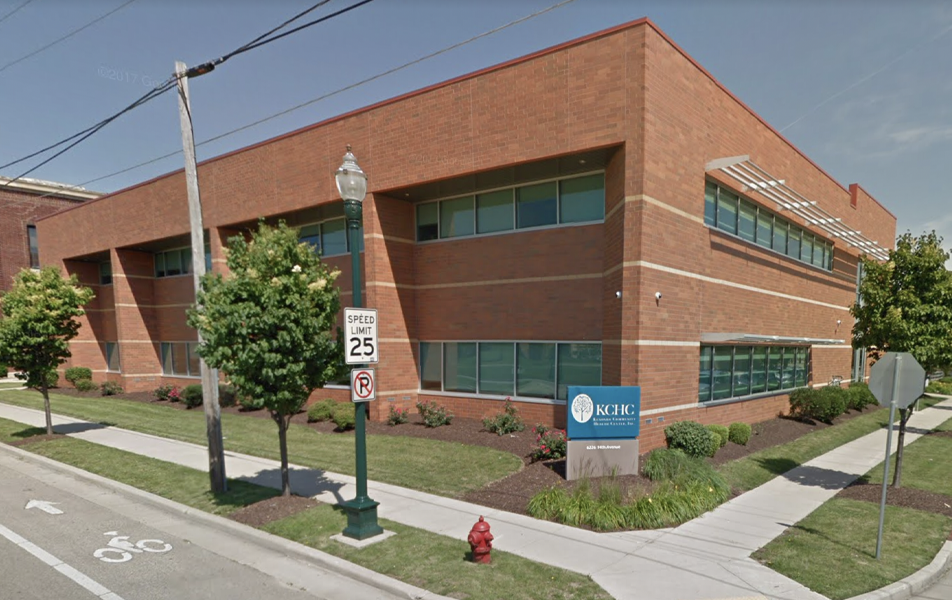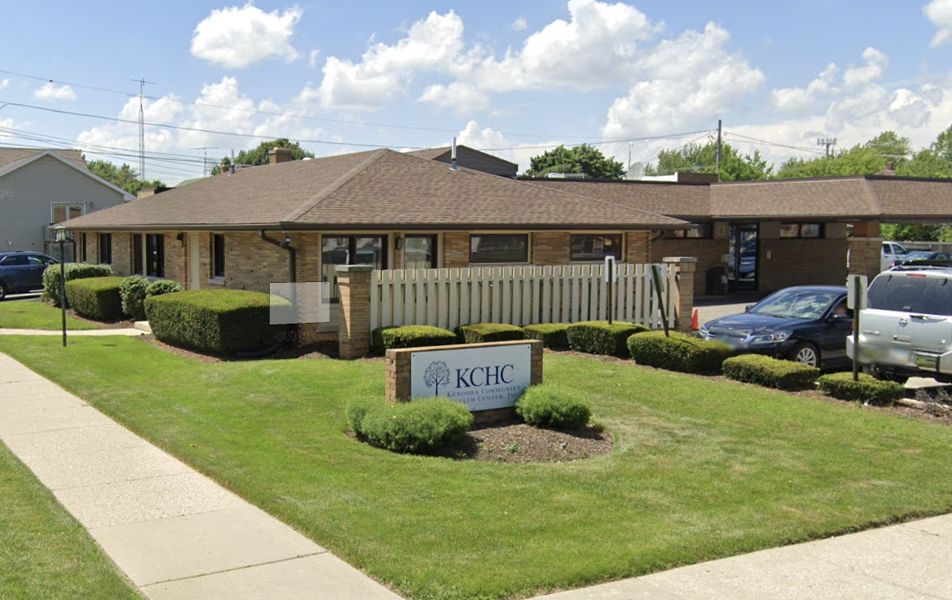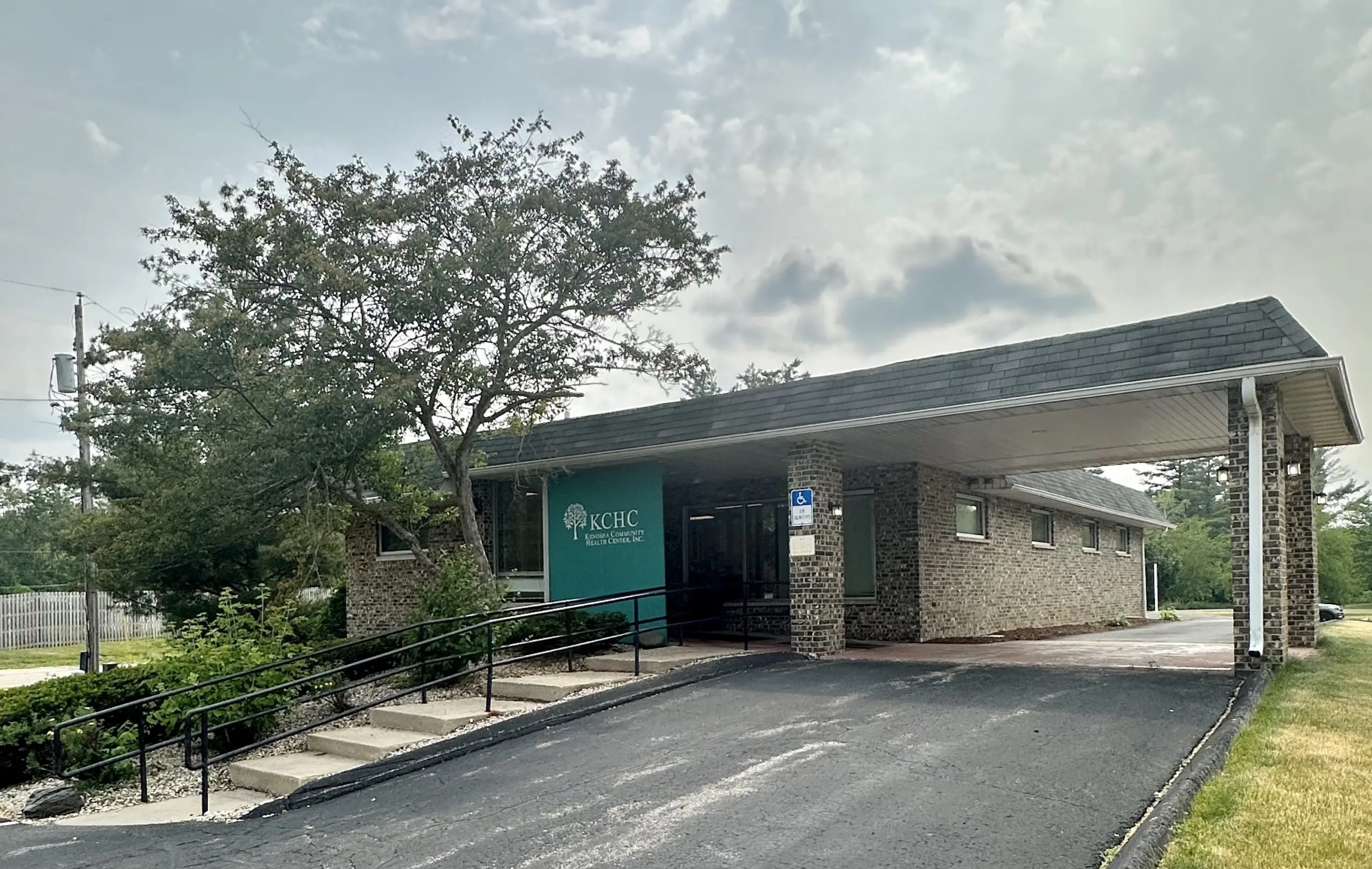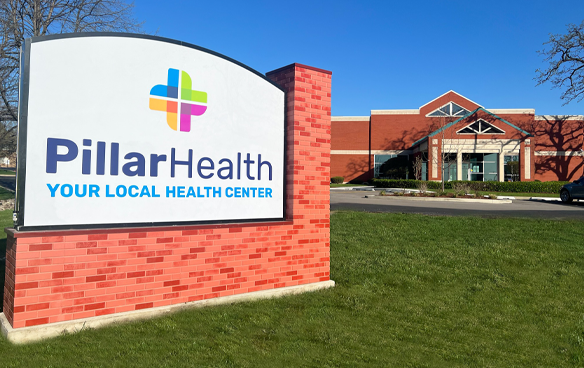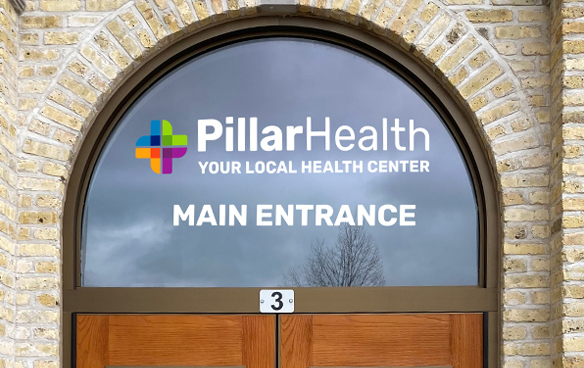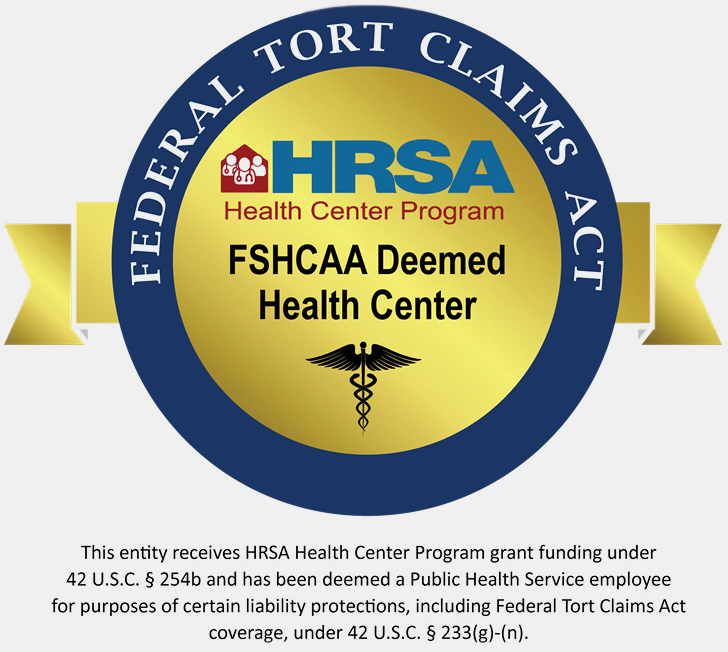
47% OF PEOPLE IN THE US HAVE AT LEAST ONE OF THE RISK FACTORS FOR HEART DISEASE AND IT CAN HAPPEN AT ANY AGE.
WHAT IS HEART DISEASE? LEARN THE FACTS FROM THE CDC:
The term “heart disease” refers to several types of heart conditions. The most common type of heart disease in the United States is coronary artery disease (CAD), which affects the blood flow to the heart. Decreased blood flow can cause a heart attack.
HEART DISEASE: IT CAN HAPPEN AT ANY AGE
Heart disease doesn’t happen just to older adults. It is happening to younger adults more and more often. This is partly because the conditions that lead to heart disease are happening at younger ages. February is American Heart Month, the perfect time to learn about your risk for heart disease and the steps you need to take now to help your heart. Heart disease—and the conditions that lead to it—can happen at any age. High rates of obesity and high blood pressure among younger people (ages 35–64) are putting them at risk for heart disease earlier in life. Nearly half of all Americans have at least one of the top three risk factors for heart disease: high blood pressure, high cholesterol, and smoking.
WHAT ARE THE SYMPTOMS OF HEART DISEASE?
Sometimes heart disease may be “silent” and not diagnosed until a person experiences signs or symptoms of a heart attack, heart failure, or arrhythmia. When these events happen, symptoms may include:
- Heart attack: Chest pain or discomfort, upper back or neck pain, indigestion, heartburn, nausea or vomiting, extreme fatigue, upper body discomfort, dizziness, and shortness of breath.
- Arrhythmia: Fluttering feelings in the chest (palpitations).
- Heart failure: Shortness of breath, fatigue, or swelling of the feet, ankles, legs, abdomen, or neck veins.
YOU COULD BE AT RISK
Many of the conditions and behaviors that put people at risk for heart disease are appearing at younger ages:
- High blood pressure. Millions of Americans of all ages have high blood pressure, including millions of people in their 40s and 50s. About half of people with high blood pressure don’t have it under control. Having uncontrolled high blood pressure is one of the biggest risks for heart disease and other harmful conditions, such as stroke.
- High cholesterol. High cholesterol can increase the risk for heart disease. Having diabetes and/or obesity, smoking, eating unhealthy foods, and not getting enough physical activity can all contribute to unhealthy cholesterol levels.
- Smoking. More than 35 million U.S. adults are current smokers, and thousands of young people start smoking each day. Smoking damages the blood vessels and can cause heart disease.
Other conditions and behaviors that affect your risk for heart disease include:
- Obesity. Carrying extra weight puts stress on the heart. More than 1 in 3 Americans—and nearly 1 in 6 children and adolescents ages 2 to 19—have obesity.
- Diabetes causes sugar to build up in the blood. This can damage blood vessels and nerves that help control the heart muscle. More than 1 in 10 people in the United States have diabetes.
- Physical inactivity. Staying physically active helps keep the heart and blood vessels healthy. Only 1 in 4 adults meet the physical activity guidelines of getting 150 minutes of moderate-intensity activity per week.
Unhealthy eating patterns. Most Americans, including children, eat too much sodium (salt), which increases blood pressure. Replacing foods high in sodium with fresh fruits and vegetables can help lower blood pressure. Only about 1 in 10 adults get enough fruits and vegetables each day. A diet high in trans fat, saturated fat, and added sugar increases the risk factor for heart disease.
4 WAYS TO TAKE CONTROL OF YOUR HEART HEALTH
Do not wait to schedule your appointment.
Kenosha Community Health Center has many appointment options in Kenosha and Silver Lake to meet your needs.
Schedule An Appointment

